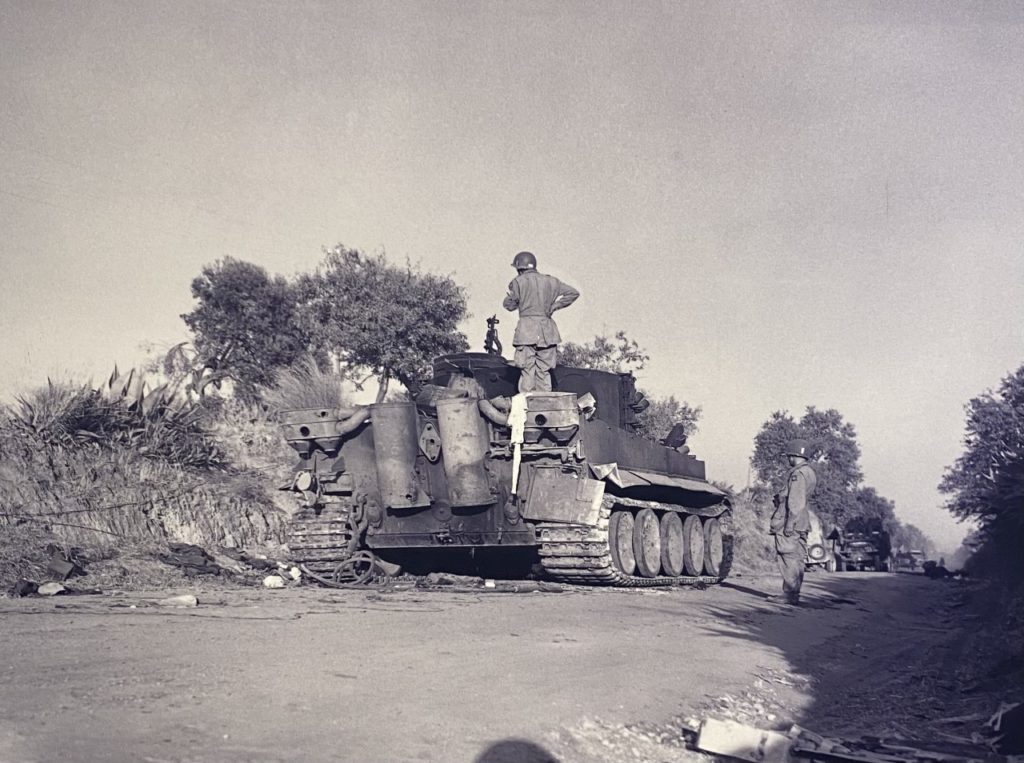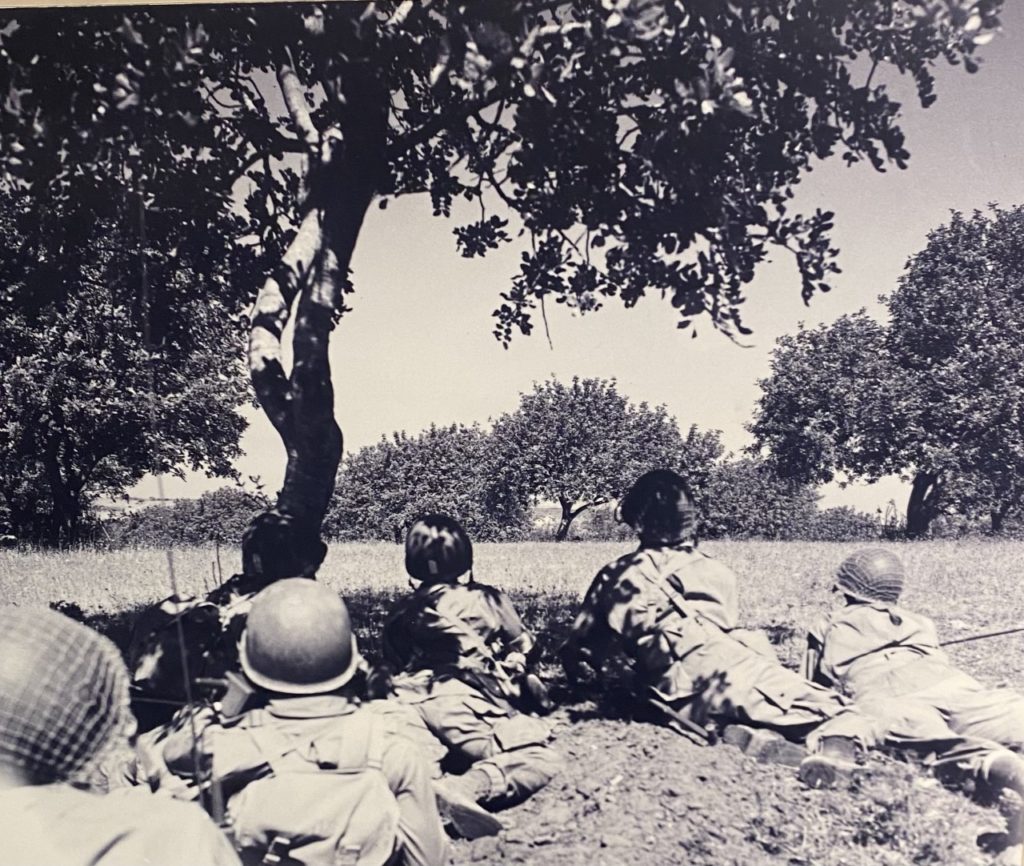Airborne Operations in Sicily: Operation Husky
With the Germans defeated in Africa, Allied leaders decided to invade Sicily to gain more complete control of the Mediterranean Sea and knock Italy out of the war. Airborne assaults to neutralize beach defenses were a key part of this plan. Seaborne assaults would be mounted by the American Seventh and British Eighth Armies. Colonel Darby’s Ranger Force would support landing operations. Operation HUSKY was set to begin July 9-10, 1943, shortly after midnight.

Combat teams of Major General Matthew Ridgway’s 82nd Airborne Division made the assaults behind the beaches on which the Seventh Army landed the 1st, 3rd and 45th Divisions. HUSKY I was conducted by the 505th PIR under Colonel James M. Gavin; HUSKY II was carried out on July 11-12 by Colonel Reuben Tucker’s 504th Parachute Infantry Regiment. High winds, poor navigation and friendly antiaircraft fire badly disrupted these jumps, scattering troopers across the Sicilian countryside. Tragically, the 2nd Battalion, 504th, led by airborne pioneer Lieutenant Colonel William P. Yarborough, was badly “shot up” by Allied antiaircraft gunners who thought the troop transports were German bombers. Twenty-three C-47 transports were shot down. Many more sustained heavy damage.

HUSKY was for all intents and purposes a disaster, but in the end, it was also a triumph because paratroopers proved to be innovative, aggressive fighters. In small groups, they disrupted German and Italian communications. Colonel Gavin’s 505th stopped strong elements of the Hermann Goering Panzer Division short of the invasion beaches near Gela with a few Pack 75 mm howiterzs, bazookas and sheer grit and determination.
Sicily was the first large-scale American airborne assault of the war. For many, including General Eisenhower, the problems of the operation called the entire airborne idea into question. Late in 1943, however, successful field exercises at Fort Bragg proved that the airborne division was an effective force. Airborne troops would continue to fight, and win!
Did you enjoy this content? If so, please consider giving a donation to the ASOM to help us continue our mission of educating, engaging and inspiring the public on the legacies of Airborne and Special Operations Soldiers.



